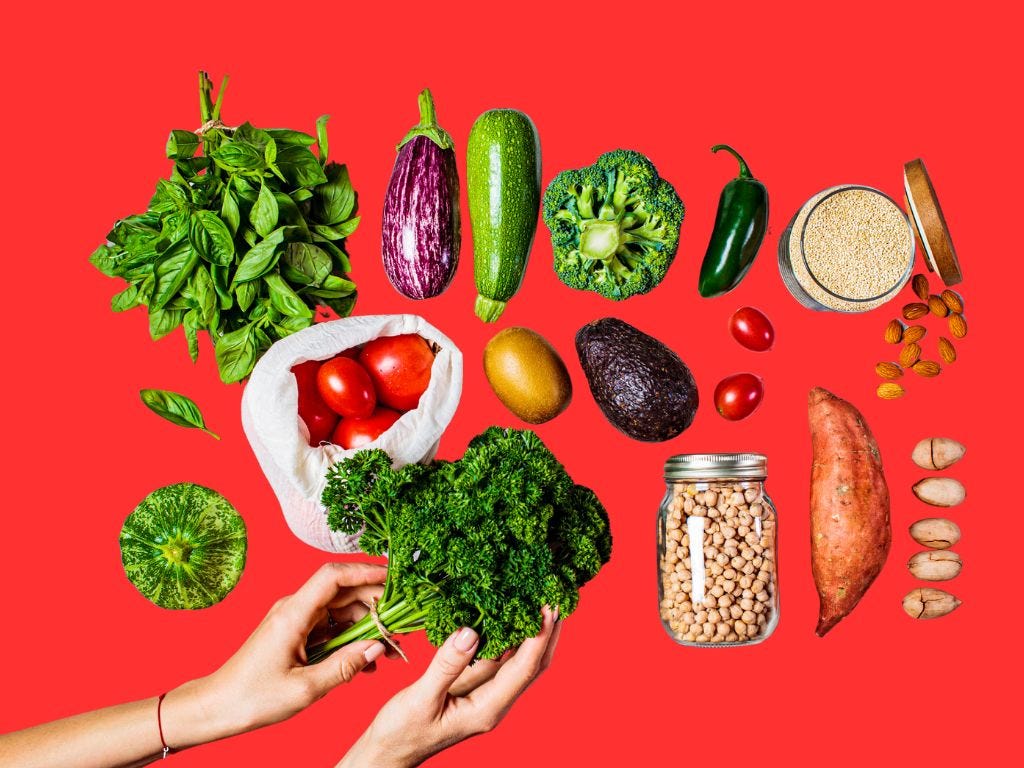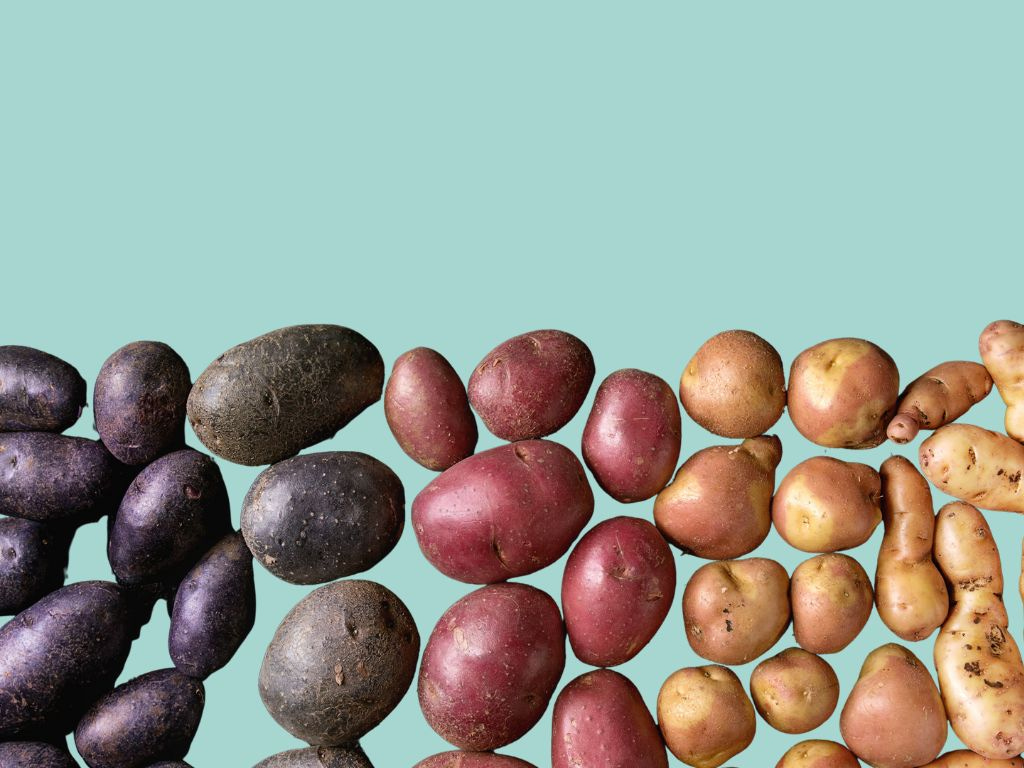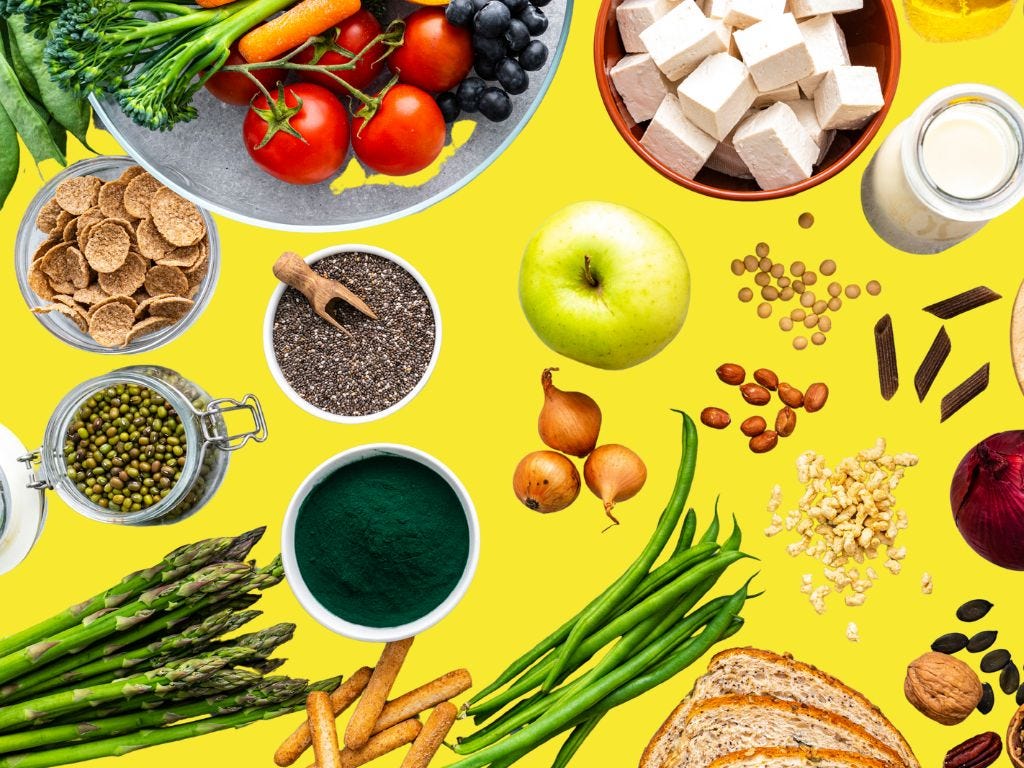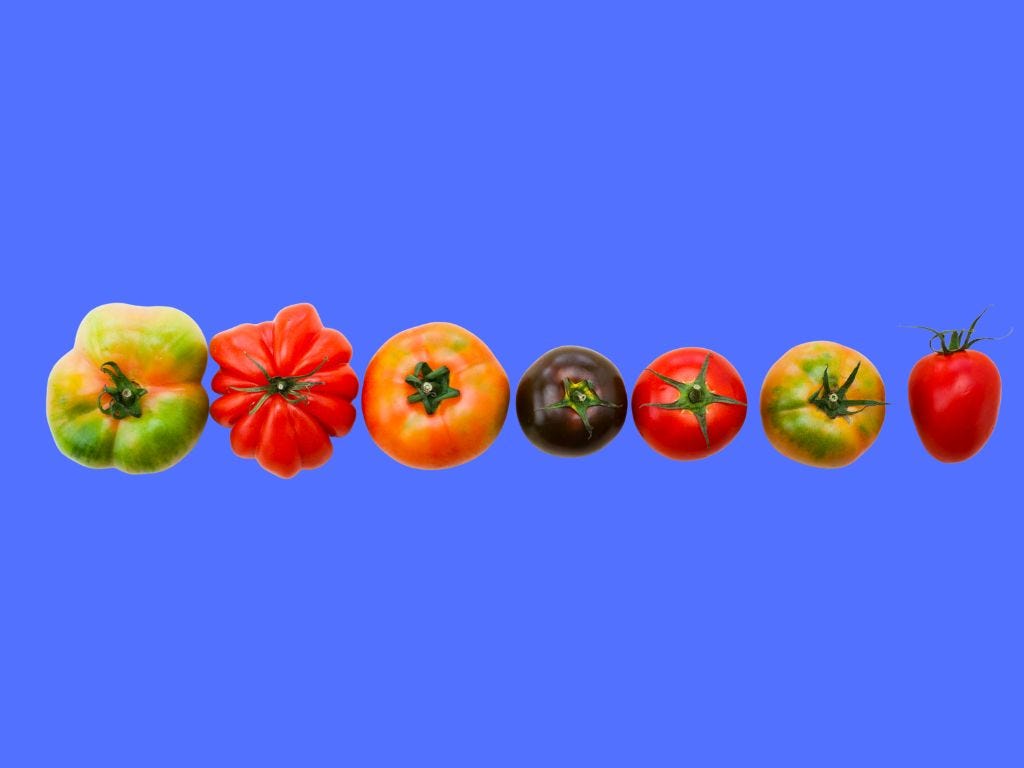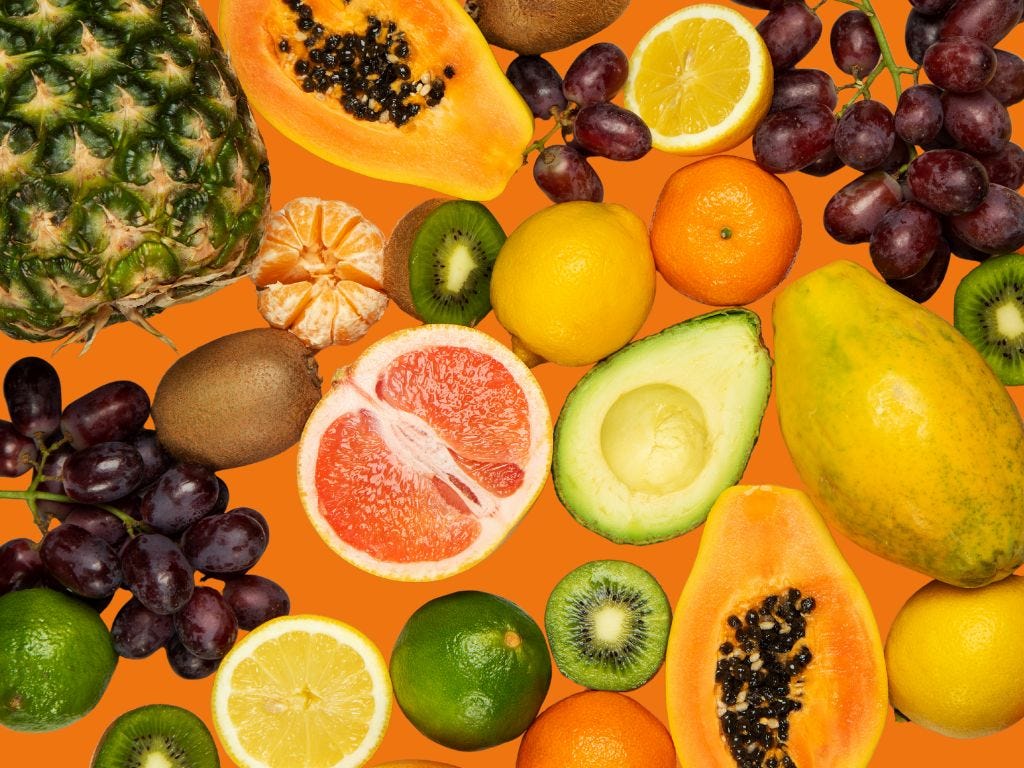Why plant diversity matters 🧠 (but counting to 30 doesn’t)
And what new research counts as a "plant"
There’s zero doubt that plant diversity is great for your health.
But the idea that we should all aim for exactly 30 different plant foods a week has taken on a life of its own.
You see it everywhere. In articles, on food packaging, and all over social media.
If you’ve been here a while, you’ll know I’m not a fan of the “30 plants a week” message for gut health (read why here).
That said, if aiming for 30 helps you eat more variety, brilliant. Whatever gets more plants on the plate. I’m simply here to sense-check the science - and in particular - the number “30”.
Now, a new UK study out this week gives us a clearer picture of how plant diversity relates to health, and helps kick-start a move beyond (let’s admit it) a pretty arbitrary target.
What we’ll cover today:
Why the “30 plants” rule is well-meaning but flawed
What the latest research actually shows
What really counts as a plant (and what doesn’t), according to a new study
How to think about diversity in a more useful way
The problem with “30” plants a week
That magical “30” comes from the American Gut Project - a large observational study looking at people’s gut microbes.
They found that people who ate more than 30 different plant foods a week had a more diverse gut microbiome than those who ate fewer than 10.
Sounds exciting right?
Until you dig a little deeper, and realise that the “30” target is more hype than hard science.
It’s worth knowing:
The number was from a single self-reported survey question - people just guessed - and not rigorously collected diet data.
Every amount of plant counted equally - whether it was a large bowl of lentils or a sprinkle of cinnamon.
Every type of plant counted equally, no matter if it was found in a less healthy, ultra-processed food.
The study wasn’t trying to set a target for what’s ‘best’ or an ideal number. It simply split people into three broad groups (0–10, 11–30, and 30+ plant types) and compared the gut microbiomes of those in the highest group to those in the lowest.
The researchers didn’t account for other things that could explain the link - like the fact that people who eat more plants often have healthier diets, higher incomes, more education, and other healthy habits too.
The key take-away? Eating a variety of plants is great for your gut, but the “30” number isn’t grounded in solid science.
It came from a single, unadjusted survey question and was never meant to be a prescriptive target. And yet it’s snowballed into a checklist challenge that takes up time, headspace, and sometimes leads to unnecessary waste or cost.
Gut health doesn’t have to be that complicated (or time consuming), I promise.
What do we actually know about plant diversity and health?
A recent review looked at how researchers define and measure plant-based diversity, and what it might mean for health.
They analysed 43 studies and found:
There’s no standard definition of what counts as plant diversity
Most studies only looked at fruits and vegetables
Different studies counted foods in different ways - some by individual plants (like broccoli), some by groups (like leafy greens). It was unclear in all studies if herbs and spices were included.
Very few studies looked at how much people ate or how healthy the foods were
Only one study specifically looked at how plant diversity affects the gut microbiome (The American Gut Project)
Overall, while plant diversity is often thought to support good health (and it makes complete sense for this to be true), there’s not much direct evidence yet.
The researchers called for clearer definitions and better tools to study it properly in the future.
What the new research shows - the study
This new study (hot of the press), by the same team who wrote the review, looked at how many different plant foods people in the UK are actually eating.
Researchers analysed 4-day food diaries from 677 adults, counting each individual plant food, from aubergines to almonds. Not just fruit and veg, but also grains, beans, nuts, seeds, herbs, spices, oils and plant-based drinks.
On average, people ate around 8 different plant foods a day (technically the median, for the science nerds). Note that they couldn’t assess how many plants eaten a week they’d need a full 7 days of diet diaries for that.
People who ate a wider mix of plants tended to have:
More fibre and key nutrients
Higher “good” HDL cholesterol levels
Lower HbA1c (a marker of long-term blood sugar)
A healthier cholesterol ratio (Total to HDL)
They were also more likely to be better educated, and have higher incomes.
But when researchers adjusted for things like BMI, income, and lifestyle, the health links became weaker. So, for now, it’s not fully clear if plant variety causes better health or just reflects a healthier lifestyle overall.
And to really know how many (and how much) we need for better health, we’ll need randomised controlled trials, which this same research team is already working on.
So what counts as a 'plant’?
Unlike the American Gut Project - where everything counted no matter how tiny - this study took a more thoughtful approach.
Keep reading with a 7-day free trial
Subscribe to Second Brain to keep reading this post and get 7 days of free access to the full post archives.



